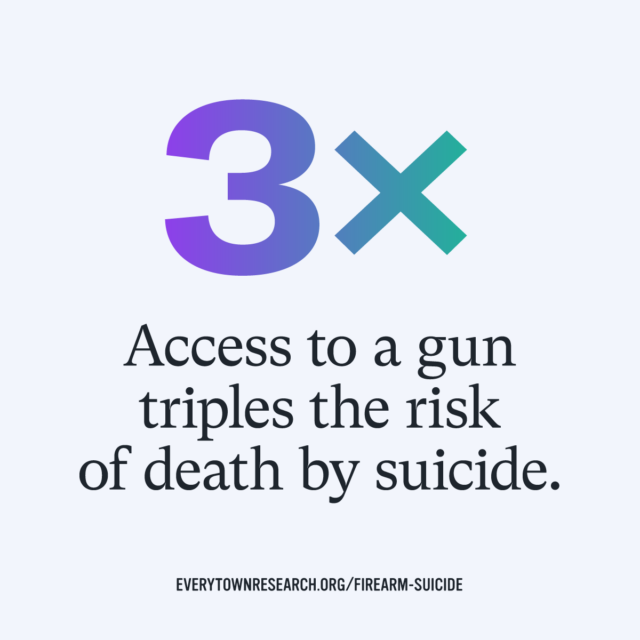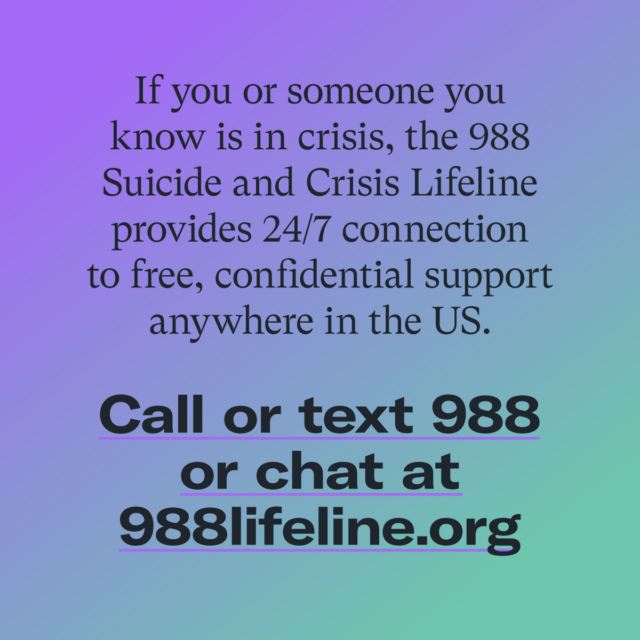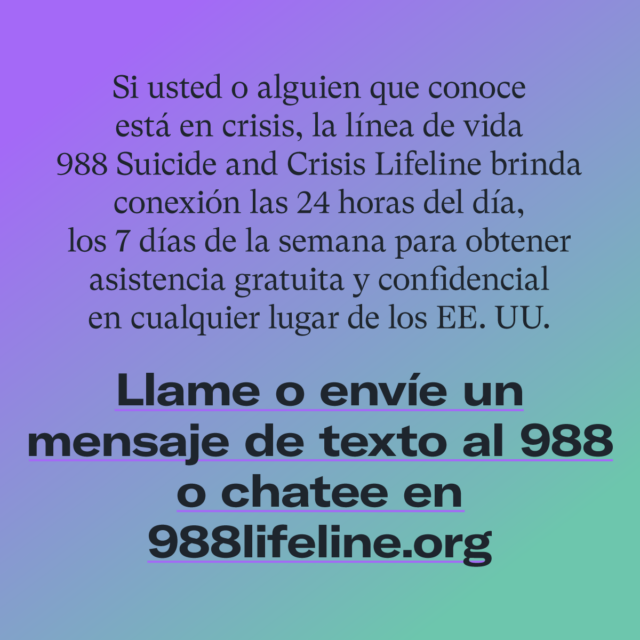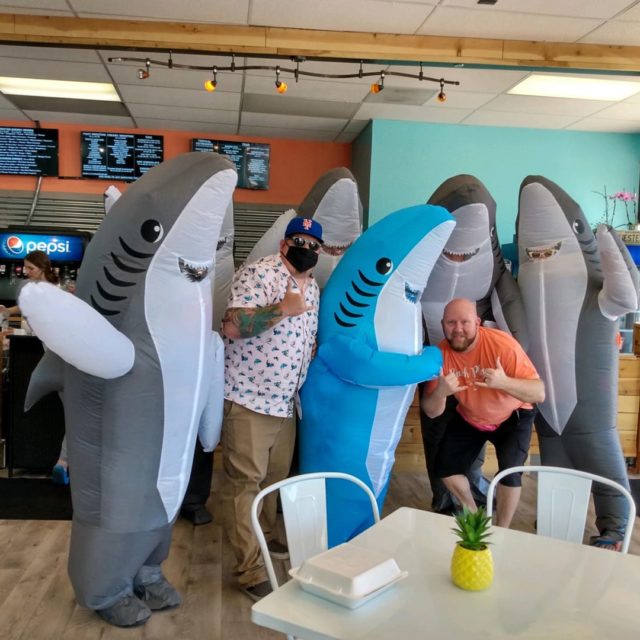September Is Suicide Prevention Awareness Month
Firearm suicide claims the lives of over 25,000 people in America every year, an average of 69 people per day, and the problem is getting worse. Over the past decade, the United States firearm suicide rate has increased by 18 percent. This trend is of particular concern among young Americans, whose firearm suicide rate has increased by 44 percent from 2013 to 2022. Additionally, veterans are more likely to die by firearm suicide than non-veterans. On average, seven in 10 suicides among veterans are by firearm, compared to about half among non-veterans.
But there is hope. These tragedies can be prevented, and one of the most effective life-saving interventions for someone in crisis is disrupting their access to a gun. In the eight states with the strongest gun safety laws, firearm suicide rates decreased by four percent since 1999. The 14 states with the weakest laws saw a 39 percent increase in firearm suicides over this period.
12x
The U.S. firearm suicide rate is nearly 12 times higher than that of other high-income countries.
Everytown analysis of gun deaths by country (2015 to 2019), GunPolicy.org (accessed January 7, 2022).
3,300
Each year over 3,300 young people die by firearm suicide.
Everytown analysis of CDC, WONDER, Underlying Cause of Death, Five-year average: 2018–2022. Ages 10–24.
87%
Men represent 87% of firearm suicide victims.
Everytown Research analysis of CDC, WONDER, Provisional Mortality Statistics, Multiple Cause of Death, 2019–2023.
September is Suicide Prevention Awareness Month, a time for amplifying the voices of survivors of suicide loss, spreading hope, and ensuring that individuals and families have access to resources to discuss suicide prevention and to seek help.
Help Is Available: 988 Suicide and Crisis Lifeline and Other Resources
If you or someone you know is struggling or in crisis, you can call or text 988, or visit 988lifeline.org/chat to chat with a counselor from the 988 Suicide & Crisis Lifeline, previously known as the National Suicide Prevention Lifeline. The 988 Suicide & Crisis Lifeline provides 24/7, free, and confidential support to people in suicidal crisis or emotional distress anywhere in the US.
Click here for a list of other resources for survivors of suicide loss.
Understanding the issues around firearm suicide is an important way to take part in prevention, help others in crisis, and change the conversation.
Defining the Problem
-
Gun Suicide in Cities
Four in 10 gun deaths in cities are people who die by firearm suicide, accounting for over 7,000 deaths a year.
-
Firearm Suicide in the United States
Americans should be aware of the prevalence of firearm suicide, how having access to a gun increases the risk of suicide, and how to mitigate risk.
-
Suicide by Congressional District
Every year suicide claims more lives in the US than American lives taken in combat during the Vietnam War.
-
The Rise of Firearm Suicide Among Young Americans
Over the past decade, the firearm suicide rate among young people has increased faster than in any other age group.
-
The Relationship Between Firearms, Mass Shootings and Suicide Risk among LGBTQ+ Young People
One of the most consistent findings from available research is that LGBTQ+ young people experience higher rates of considering and attempting suicide compared to their peers.
-
Those Who Serve: Addressing Firearm Suicide Among Military Veterans
An average of 4,600 veterans die by firearm suicide every year—about 12 deaths a day.
-
Invisible Wounds: Gun Violence and Community Trauma Among Black Americans
In 2022, the firearm suicide rate among young Black people ages 10-24 surpassed that of young white people for the first time since data is available.
Preventing firearm suicide requires strategies involving individuals, families, and communities.
Addressing Solutions
-
Fact Sheet: Policy Solutions for Firearm Suicide
Given the unique lethality of firearms as a means of suicide, policies and practices that limit or disrupt access to firearms have been shown to save lives.
-
Fact Sheet: A Continuum of Gun Access Interventions
Gun access interventions exist on a continuum: a chain of actions that can be taken depending on the severity of the crisis and other factors.
-
Be SMART
Each year in the U.S., nearly 360 children ages 17 and under gain access to a firearm and unintentionally shoot themselves or someone else. That’s roughly one unintentional shooting per day.
-
One Thing You Can Do
When a loved one is showing warning signs that they are in crisis and might try to harm themselves, you can seek an Extreme Risk Protection Order in many states to temporarily suspend their access to firearms until the crisis passes.
-
Preventing Youth Suicide Toolkit
This toolkit was created to help you take action in your community to prevent youth suicide and honor September as Suicide Prevention Awareness Month. Secure gun storage is particularly important for preventing suicides and unintentional gun deaths among children and teens.
Amplify Survivor Voices
You can commit to elevating the voices of survivors from your own network or from Moments That Survive during September for Suicide Prevention Awareness Month. You can also share your own story.
Karen’s Story

Nothing in my life prepared me for losing my mama in that violent manner. She was my best friend. She was beautiful inside and out, had a great sense of humor, had a lovely singing voice, and was the best cook ever.
Mia’s Story

Junior valued our family. I was the youngest and he loved to SMOTHER me with torturous cheek-pinching and called me his Piscean twin. Junior was also a romantic.
Celeste’s Story

Sometimes if I close my eyes and squeeze them tightly, I can smell my dad’s cologne and feel his face pressed against mine as he gave me one of his famous bear hugs. I miss him every day. So many things remind me of my dad, especially when I listen to The Beatles – our favorite band of all time.
Adriana’s Story

Luc and I were siblings. We grew up in a family of four kids in a single-parent household. We were both lifelong competitive swimmers and aspiring triathletes. We shared an innate and powerful drive to succeed in sports, in school and in our communities.
Related Stories
Support Our Partners
-
American Association of Suicidology
-
American Foundation for Suicide Prevention
-
Active Minds
-
#bethe1 to—Help Someone That May Be Thinking of Suicide With These 5 Steps
-
Black Girls Smile
-
Black Mental Health Alliance: Suicide: Facts, Signs and Interventions
-
The JED Foundation
-
National Suicide Prevention Lifeline
-
The Trevor Project Research Brief: LGBTQ Youth Suicide Prevention in Schools
-
U.S. Veterans Affairs Social Media Toolkit
-
You Matter
Sharable Social Media Graphics

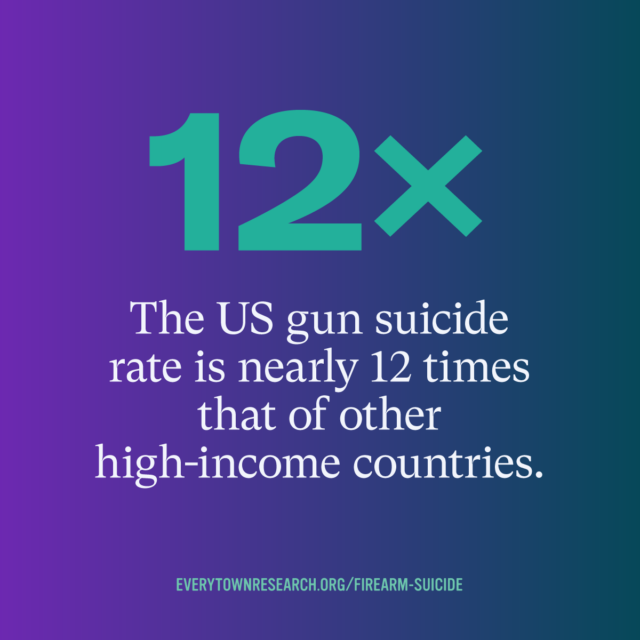

![Suicide accounts for nearly 6 out of every 10 gun deaths in the US. [source] EverytownResearch.org/Firearm-Suicide](https://everytownsupportfund.org/wp-content/uploads/sites/2/2024/08/Suicide-Prevention-Month-SOCIAL-082824A-06-640x640.png)
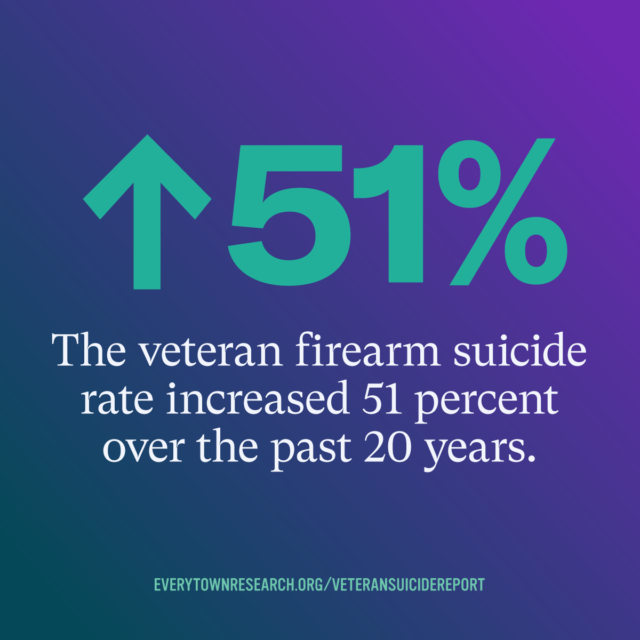
![An average of 4,600 veterans die by firearm suicide every year—nearly 13 deaths a day. [source] EverytownResearch.org/VeteranSuicideReport](https://everytownsupportfund.org/wp-content/uploads/sites/2/2024/08/Suicide-Prevention-Month-SOCIAL-082824A-07-640x640.png)
![Nationwide, nearly 87,000 military veteran died by firearm suicide in the period between 2002 and 2021. [source] EverytownResearch.org/VeteranSuicideReport](https://everytownsupportfund.org/wp-content/uploads/sites/2/2024/08/Suicide-Prevention-Month-SOCIAL-082824A-04-640x640.png)
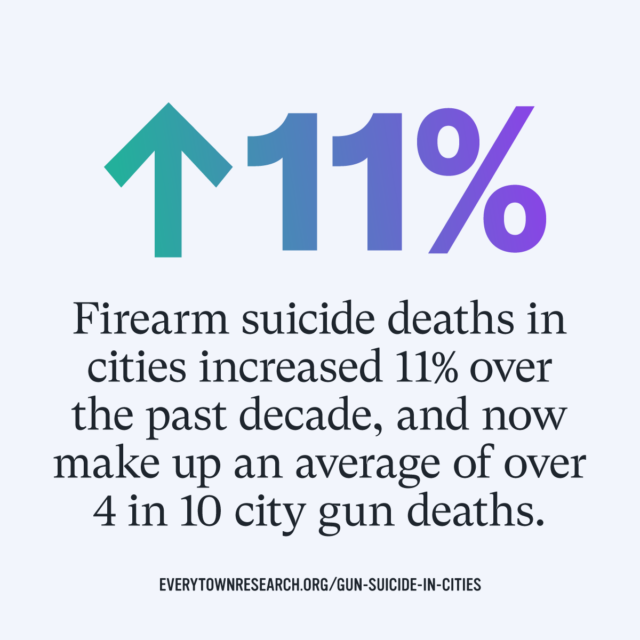
![Cities in states with the strongest gun violence prevention laws have about half the rate of people who die by firearm suicide as those in states with the weakest laws. [source] EverytownResearch.org/Gun-Suicide-In-Cities](https://everytownsupportfund.org/wp-content/uploads/sites/2/2024/08/Suicide-Prevention-Month-SOCIAL-082824A-10-640x640.png)
![Temporarily removing access to firearms is a crucial and effective intervention to reduce risk of death by suicide. [source] EverytownResearch.org/Firearm-Suicide](https://everytownsupportfund.org/wp-content/uploads/sites/2/2024/08/Suicide-Prevention-Month-SOCIAL-082824A-12-640x640.png)
